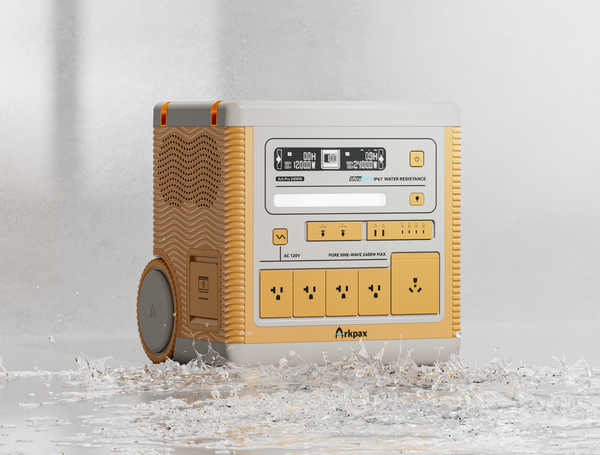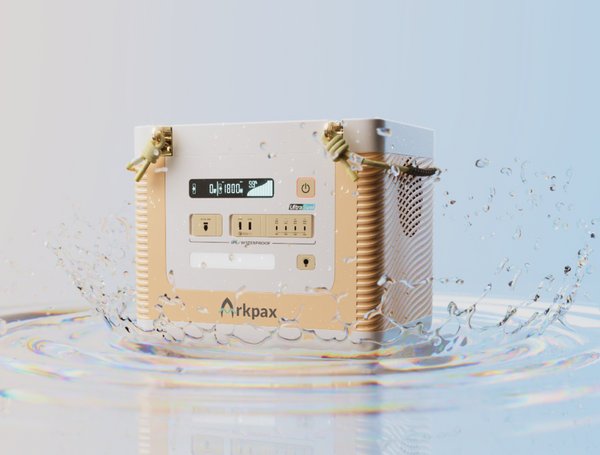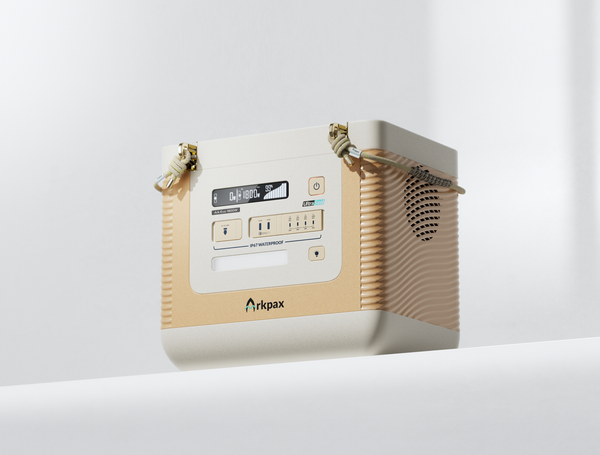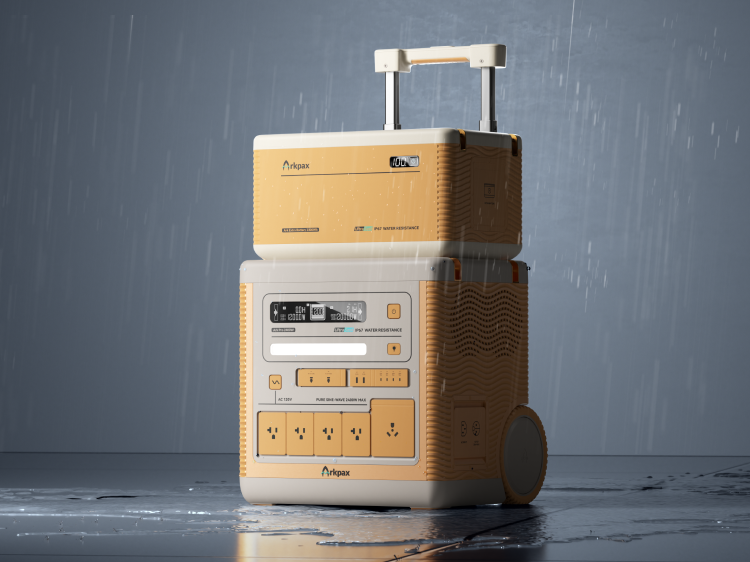LEED Certified Building Solutions
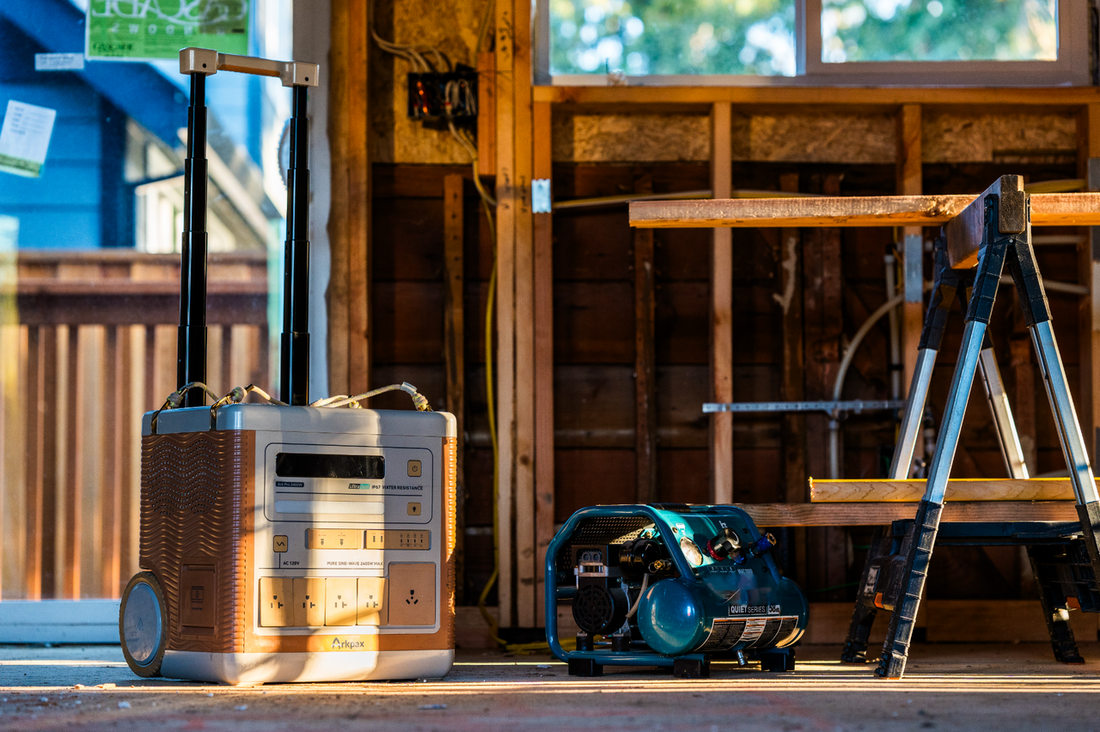
What is LEED Certification and Why It Matters
LEED (Leadership in Energy and Environmental Design) is the world’s most widely adopted green building certification system, providing a comprehensive framework for designing, constructing, and operating buildings that prioritize sustainability, energy efficiency, and occupant well-being. Whether it’s a new development or a renovation project, LEED for Building Design and Construction (LEED BD+C) offers the industry standard for high-performance building practices.
More than just a scorecard, LEED certification is a globally recognized symbol of a project’s commitment to environmental responsibility. From site selection and water efficiency to energy performance and indoor environmental quality, LEED evaluates a building’s full lifecycle impact and guides project teams to make smarter, greener choices.
Today, millions of people live, work, and learn in LEED-certified buildings, benefiting from healthier indoor environments and lower operational costs. Earning a LEED certification not only contributes to global climate goals, but also enhances marketability and long-term asset value.
LEED Certification System
The Latest LEED v4.1 Technical Framework
Compared to previous versions, LEED v4.1 places greater emphasis on actual building performance and long-term sustainability, with a rating system that consists of nine core categories.
- Integrative Process (IP): Encourages team collaboration early in design to optimize performance.
- Location & Transportation (LT): Prioritizes connectivity, walkability, and public transit access.
- Sustainable Sites (SS): Promotes environmentally responsible site planning and landscaping.
- Water Efficiency (WE): Enhances water use efficiency indoors and outdoors.
- Energy & Atmosphere (EA): Focuses on reducing energy consumption and integrating renewables.
- Materials & Resources (MR): Encourages sustainable material choices and waste reduction.
- Indoor Environmental Quality (EQ): Ensures better air, lighting, and comfort for occupants.
- Innovation (IN): Rewards forward-thinking, impactful strategies beyond baseline.
- Regional Priority (RP): Addresses key environmental concerns in specific locations.
LEED System Types by Project Category
Depending on the building type, LEED certification is divided into several rating systems, making it applicable to virtually all types of construction projects.
- LEED BD+C: LEED for Building Design and Construction
- LEED ID+C: LEED for Interior Design and Construction
- LEED O+M: LEED for Operations and Maintenance
- LEED ND: LEED for Neighborhood Development
- LEED Homes: LEED for Residential Projects
- LEED Zero: LEED Zero (Carbon, Energy, Water, Waste)
LEED Scoring System & Certification Levels
LEED certification uses a point-based system, with a maximum of 110 points. Based on the final score, projects are classified into the following four certification levels:
- LEED Certified: 40–49
- LEED Silver: 50–59
- LEED Gold: 60–79
- LEED Platinum: 80–110
The Value of LEED Certification in Modern Architecture
So, what are the benefits of LEED certification? A significant portion of the global population lives, works, and learns in LEED-certified buildings. There are several key reasons why LEED certification is essential in modern architecture:
Environmental Benefits
LEED certification promotes energy efficiency, low emissions, and the use of sustainable materials—substantially reducing environmental impact. Buildings consume nearly 40% of energy and produce a similar share of CO₂ emissions. Under the LEED building design and construction system, projects earn points by integrating solar power, energy optimization, and water reuse.

LEED-certified buildings support environmental goals by:
- Rewarding net-zero and net-positive energy outcomes
- Promoting water efficiency and rainwater harvesting
- Reducing solid waste and encouraging circular construction
- Encouraging the use of low-carbon and recycled materials
Under Materials & Resources (MR) and Energy & Atmosphere (EA) credits, projects earn points for waste diversion, material reuse, and high energy performance.
Health Benefits
People spend 90% of their time indoors, where air can be 2–5x more polluted. LEED-certified buildings enhance indoor air quality through ventilation systems, low-VOC materials, and daylighting. What is a LEED certification? It’s a symbol that the space prioritizes clean air, thermal comfort, and daylight access—especially critical in offices, schools, and hospitals.

Key health benefits of LEED buildings include:
- Cleaner indoor air, reducing respiratory issues
- Daylight access, supporting mood and focus
- Use of non-toxic, low-emitting materials
Projects scoring high in EQ also tend to report increased employee satisfaction and productivity.
Economic Benefits
LEED offers long-term economic value through lower operating costs and resource savings. Energy-efficient HVAC systems and LED lighting reduce utility bills and contribute to EA category credits. Many governments offer tax credits, expedited permitting, and grants to support LEED-certified projects.LEED-certified developments also benefit from:
- Higher property value and rental premiums
- Lower vacancy and turnover rates
- Stronger appeal to sustainability-minded tenants
- Reduced compliance and audit requirements
As environmental awareness rises, LEED becomes a strategic asset for companies seeking a competitive edge and stronger brand reputation.
How Can Arkpax Portable Power Support LEED Certification?
As sustainability becomes central to the construction industry, portable energy solutions like Arkpax’s IP67-rated battery systems offer valuable contributions across multiple LEED v4.1 credit categories—especially in Energy & Atmosphere, Sustainable Sites, Materials & Resources, and Innovation. Whether you're working toward a certified, Silver, Gold, or Platinum level, understanding how products align with LEED scoring can give your project a competitive edge.
Clean Energy Supply, Reduced Emissions, Higher Energy Efficiency Credits
Replacing diesel generators, Arkpax enables quiet, emission-free, and solar-compatible energy for job sites. It contributes to points under Optimize Energy Performance and Renewable Energy credits in the LEED building design and construction framework.

Jobsite-Friendly, Minimal Environmental Disruption
Diesel fumes and noise pollution often hinder sustainable site performance. With its rugged IP67 design, Arkpax reduces site disruption and supports Construction Activity Pollution Prevention and Site Development – Protect or Restore Habitat credits.
Modular Reusability and Reduced Infrastructure Waste
Arkpax avoids disposable power systems, reducing jobsite waste. It supports Construction Waste Management, Building Life-Cycle Impact Reduction, and sustainable procurement strategies under the MR category.
Beyond Compliance – A Low-Carbon Construction Innovation
Arkpax’s clean, mobile, and solar-enabled design allows project teams to apply for Innovation (IN) credits by demonstrating strategies that go beyond standard LEED requirements—a perfect fit for projects seeking additional points.

Supports Better Air Quality and Local Sustainability Goals
For projects near schools, hospitals, or dense neighborhoods, Arkpax’s clean operation supports enhanced indoor air quality and aligns with local environmental priorities under the Regional Priority (RP) credits.
Conclusion
As the global construction industry moves toward sustainability, intelligence, and decarbonization, LEED certification stands as more than a rating—it’s a reflection of vision and responsibility. It offers a comprehensive framework to measure environmental impact, operational efficiency, and human well-being.
High-performance clean energy solutions like Arkpax portable power are emerging as essential tools in LEED-certified construction—helping projects earn credits while showcasing sustainability leadership.
Whether you’re a designer, contractor, developer, or simply exploring what is a LEED certification or LEED building design and construction, there’s never been a better time to embed clean energy solutions into sustainable architecture.
Arkpax is not just a portable power system—it’s a strategic asset for LEED-certified green building projects. From planning to construction, it helps teams earn credits, reduce emissions, and showcase leadership in sustainable development.



